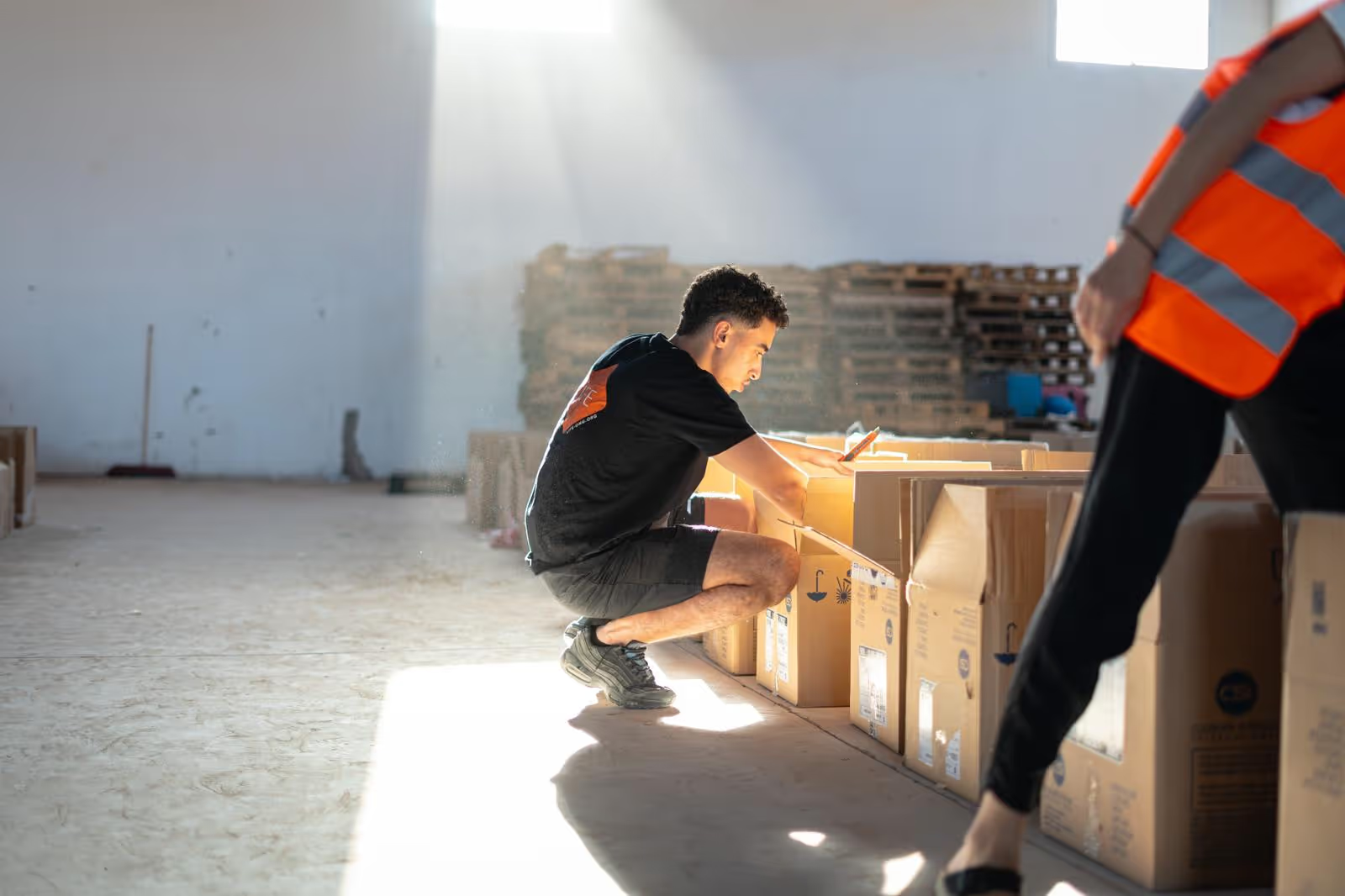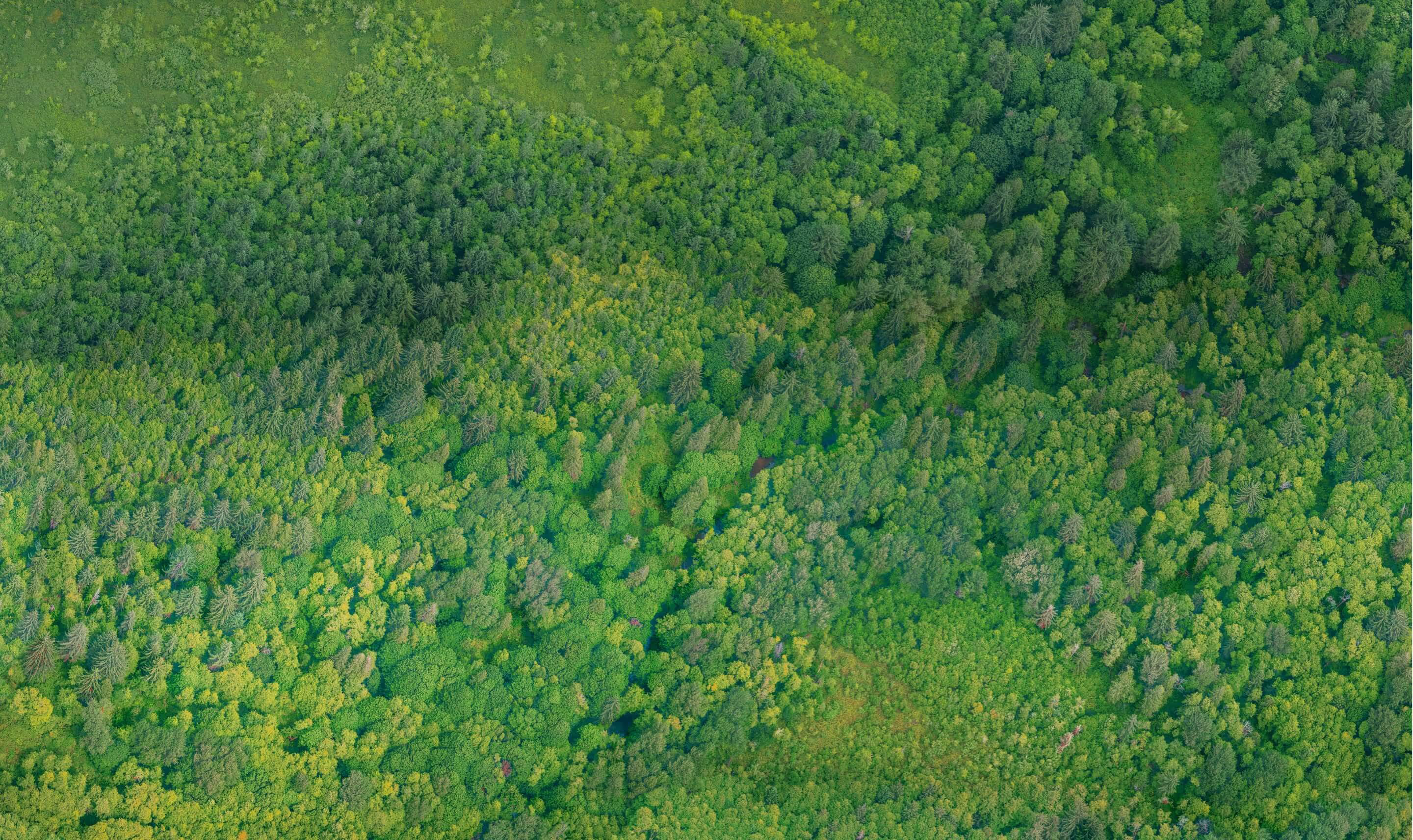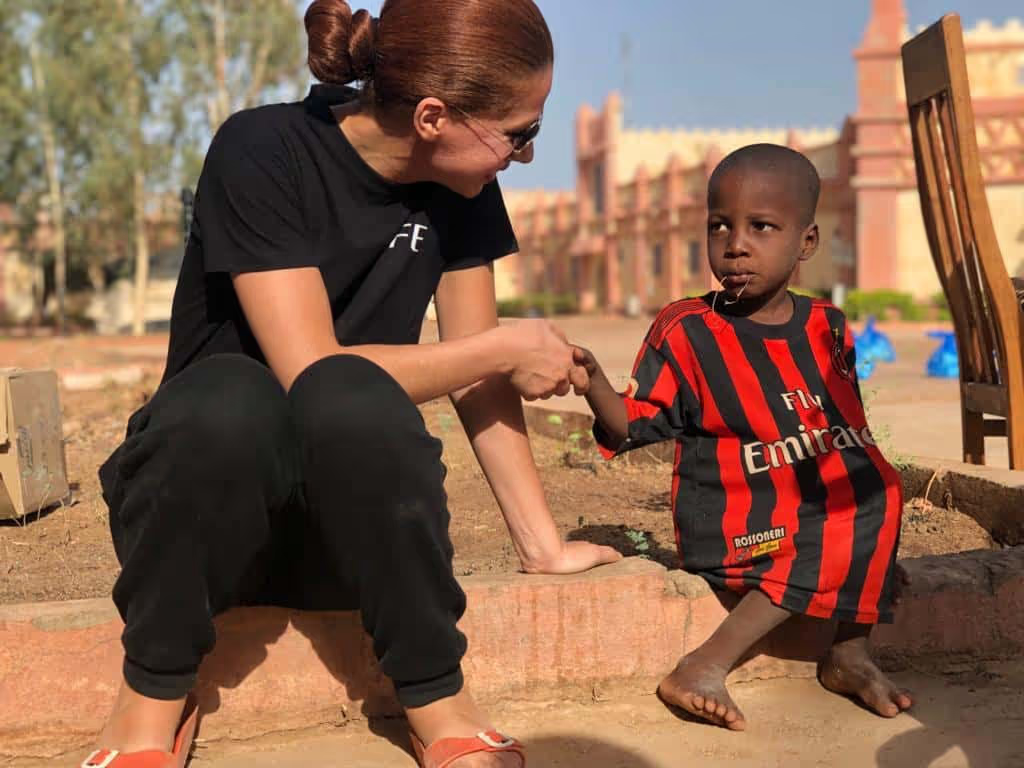8 questions to Randolph, well drilling technician

For almost 2 years, Randolph has been working at LIFE ONG as a technical coordinator and technical referent for “water and sanitation” projects. Her role? Support our local partners in the field in carrying out their drilling.
While technique is at the heart of his work, he does not forget the most important thing: the human being. Today, he agreed to answer the 8 questions you are asking yourself.
1. How do you find out about the water needs of a particular village?
Each country has a different context. But the common point is that our local partners have community relays. That is to say, people who are in constant contact with the community. The latter know the terrain and the context well, they have feedback from villages facing water problems. So there is a feedback flow that takes place. We also rely on village chiefs.
The local partner and community relays are important links in the chain because it is through them that all requests go through. He is as close as possible to the beneficiary populations and is therefore in the best position to ascertain their real needs.
2. How does the process take place following a request to drill a well?
As soon as a well request is formulated, a process is initiated with the local partner. A procedure booklet is then sent to him including a diagnostic sheet corresponding to a prospecting mission in the field called “exploratory mission”. From this will follow other phases related to land ownership issues, the number of people helped, etc...
Following the issuance of the field diagnosis by our local partner, the members of the project division are taking action to read and study the various diagnoses in progress in this area.
After receiving and validating all the documents necessary for the launch of the requested works, the project division ensures the regular monitoring of the works, compliance with the conditions notified in the specifications as well as compliance with the deadlines established in advance until the structures are delivered in due form. Once the form is validated, there is something very important as well. The response is transmitted up to the level of the beneficiaries. The idea is to ensure that they accept the creation of the project in order to ensure its smooth running.
3. What type of relationship do you have with your local partners?
For many years, we have worked hand in hand with our partners and we make it a point of honor to stimulate the local economy in this way. Over time, a relationship of trust is established between them and us. A partner that can be described as reliable is the result of many years of collaboration.
Our partnership is collaborative. Each party brings its expertise. At all stages of the project, from design to implementation, and even to audit, there are three actors: LIFE, the partners and the beneficiaries.
When we are in the field, it is also important for us, if we see that this is necessary, to train the teams on site, in order to provide them with all the necessary skills.
We work with humans. The human side is very important in this type of collaboration. Once again, we are only there to support them in setting up their project.
4. What are the key parameters for the successful implementation of a water project?
In my opinion, there are two, and they are very important: awareness and community outreach. We explain the project to the beneficiaries and their involvement. To ensure the success of the project, it must be accepted. This is what guarantees its sustainability and its impact on the lives of beneficiaries.
We need to make beneficiaries aware that they need to change their habits. The aim is therefore, for example, to make them understand why they should consume water from the structure and no longer that coming from their usual source. The same is true when we want to create a management committee, and when we consider placing a woman at the center of it. We must then ensure the real level of involvement of the beneficiaries, that they will not withdraw from the management committee once the work is finished. They need to understand why, and that requires changing mindsets and new habits. All of this takes time, but it is essential.
5. What are the technical characteristics of a well drilling?
Drilling is characterized by a drilled hole of about 20 centimeters in diameter whose walls are stabilized by a long column of tubes (usually made of PVC) that can reach very great depths (150 to 200 meters). And so, we can catch water reaching groundwater. This water source is exploited by electric or manual pumps. The potability is very safe there.

6. What are the advantages of a well compared to a well?
The advantage of drilling is that it lasts over time, it has a longer lifespan than a well. In fact, its source comes from groundwater, which makes it possible to have large quantities of water available. If the well is well constructed, the quantity of water is not affected, it is almost inexhaustible. In addition, the structure is also protected from external contaminations such as surface water infiltration.

7. What is the average lifespan of a borehole?
The answer to this question is very random. Logically, as long as the choice of materials has been made conscientiously, that maintenance is ensured, that the local population is aware of the importance of maintaining the sustainability of the drilling and that there are also no major major ecological concerns, drilling can last for many years. I would say the average is between 30 and 50. Hence the fact of raising awareness and supporting the beneficiary populations. This step is by far the most important in a development project.

8. How do your audits take place once drilling is complete?
Once again, the human side is at the forefront. In addition to the feedback from physicochemical and bacteriological analyses, etc. it is very important for us during the audit to take the time to discuss with the local population.
During an audit, 3 essential things are checked. First, it is the quality of the water that we checked using a kit that we have at LIFE. But also, the Quantity of water, and this by checking the flow of the structure. Second, it is the quality of the infrastructure. We check if everything meets the specifications: dimensions, quality of the concrete, see if there are no cracks. The idea is to ensure that the work will last over time.
The World Health Organization (WHO) lists water quality standards. We therefore ensure that our books comply with WHO standards or the national standards of the country of intervention.
All this is part of the support of the beneficiaries. It is therefore not only a question of financing and having structures built, then leaving as we came. We are trying to project ourselves and invest in the future.
Do you want to give water to a village and change lives? Join us and become a LifeChanger!



.avif)



.avif)

